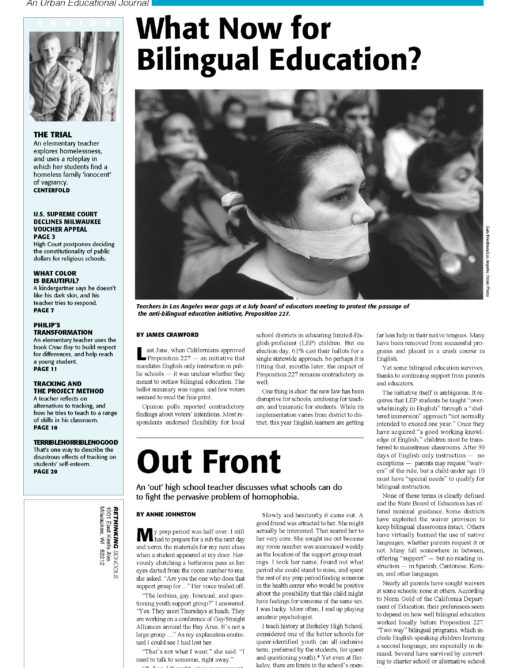Preview of Article:
Philip’s Transformation
An elementary teacher explains how she uses the book Crow Boy as part of a curriculum based on respect for differences — and helped reach a student who entered her classroom angry and alienated.
How an elementary school teacher uses the book “Crow Boy” to teach respect for differences, and how she helped one angry, alienated student.

